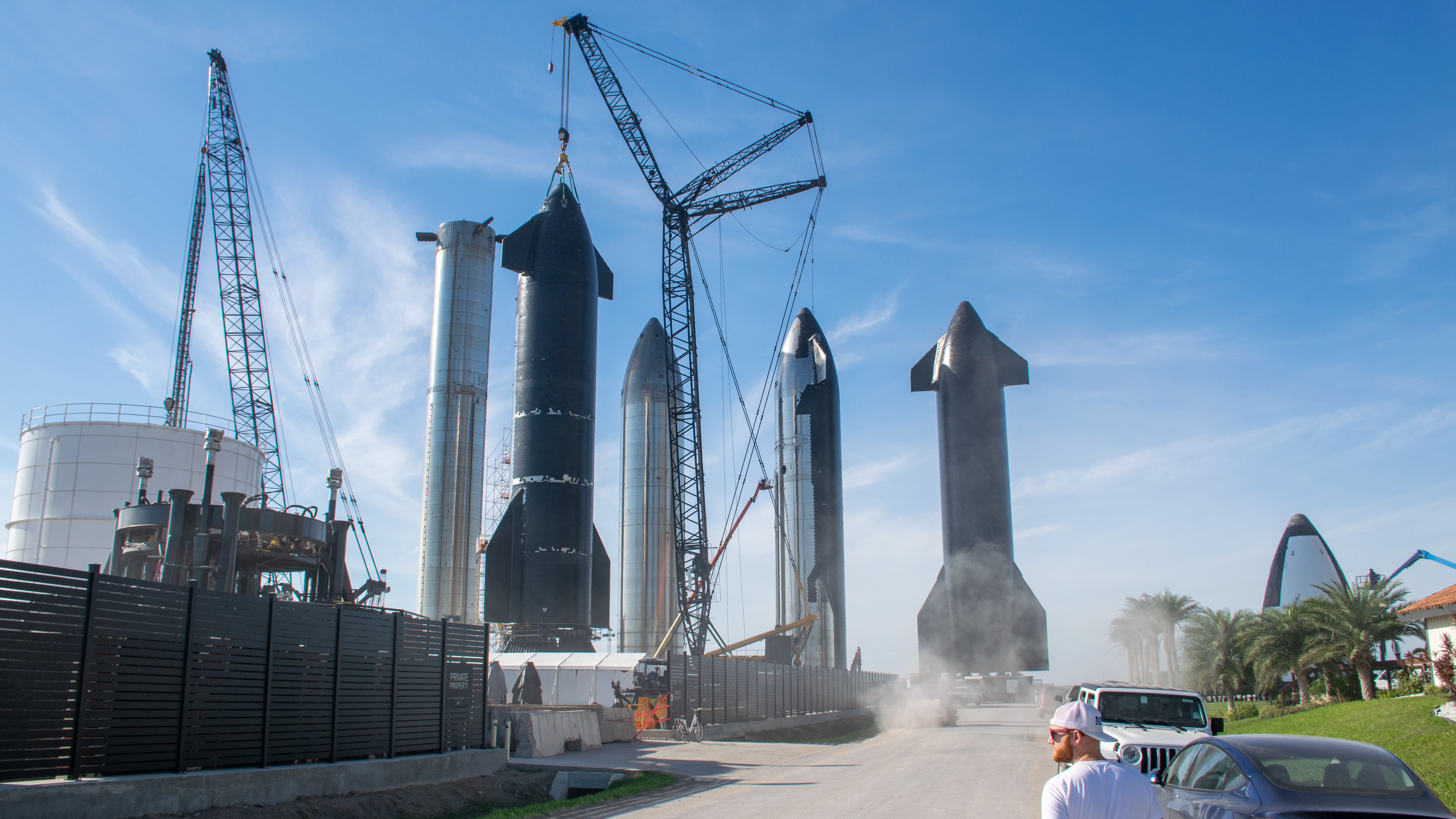The US government killed nearly 2 million wild animals last year. Why?
An obscure arm of the federal government killed almost 2 million wild animals last year using a variety of methods, including firearms, poisons, and traps that ensnare an animal’s neck, feet, or entire body. Carried out by the US Department of Agriculture’s euphemistically named Wildlife Services department, the 2024 body count included over 2,000 green […]


An obscure arm of the federal government killed almost 2 million wild animals last year using a variety of methods, including firearms, poisons, and traps that ensnare an animal’s neck, feet, or entire body.
Carried out by the US Department of Agriculture’s euphemistically named Wildlife Services department, the 2024 body count included over 2,000 green iguanas, almost 1,700 red-tailed hawks, and 614 armadillos, according to recently published data. The sub-agency even unintentionally killed one golden eagle, a species protected by federal law.

Wildlife Services kills animals for a wide variety of reasons when they pose an inconvenience or danger to humans. Some of the deaths, as disturbing as they may be, have a kind of logic, like killing animals (even native ones) to protect endangered or threatened species, or eradicating birds at airports that might strike airplanes (though there are growing efforts to rehome, rather than kill, these birds).
But four species alone — coyotes, European starlings, feral hogs, and pigeons — accounted for over 75 percent of the carnage, and they have something important in common. They all come into conflict with animal agriculture, and one of the primary purposes of Wildlife Services is to kill animals on behalf of the meat and dairy industries.

“We were the hired gun of the livestock industry,” Carter Niemeyer, who worked in Wildlife Services and related programs from 1975 to 2006, told me last year. Niemeyer specialized in killing and trapping predators like coyotes and wolves who were suspected of preying on cattle and sheep out on pasture.
Beef ranching takes up so much land — more than one-third of the continental US — that it’s not uncommon for wild animals to make their way onto the fields where cattle graze, which is one reason why livestock producers are such a big client for Wildlife Services. Over 100 million acres are also dedicated to growing feed crops for cows, pigs, and chickens, such as corn and soy, a treasure for wild animals looking for food. Many are killed as a result.
This grim state of affairs reflects a little-understood consequence of animal agriculture: Over many decades, massive swathes of wildlife habitat in the US (and around the world) have been cleared for or degraded by meat production. And when wildlife pose any threat to that production, they might be shot or poisoned by the US government.
Starlings, who like to dine on livestock feed, are often poisoned with Starlicide, a toxic chemical developed jointly by pet food giant Purina Mills and the USDA that slowly and painfully kills the birds over the course of hours by damaging their heart and kidneys. Wildlife Services killed over 1.2 million of them last year. Many wild birds are also killed to prevent them from eating fish from fish farms or spreading disease at the operations.

The killing of coyotes, wolves, and other major predators has long been the most controversial part of the Wildlife Services’ program, as the animals, known as “keystone species,” play a critical role in their ecosystems. Conservation groups, wildlife researchers, and some former agency employees say the threat these animals pose to grazing livestock is overblown. Ranchers have an incentive to claim that their animals were killed by wolves because the USDA financially compensates them for those losses. And within Wildlife Services, some former employees have complained, there’s a culture of deferring to ranchers.
The USDA did not respond to a request for comment for this story.
Niemeyer has described the instinct to blame livestock deaths on coyotes and wolves as “hysteria.” The roots of such hysteria trace back to America’s early European settlers, who believed (wrongly) that the eradication of wolves was necessary for livestock production, according to University of Wisconsin-Madison environmental science professor Adrian Treves.

The story isn’t all bad. Despite its still-high kill count, it’s worth noting that Wildlife Services nonviolently scares away far more animals than it kills, and it has managed to reduce its annual killings over the last 15 years (though the total kill count remains as high as it was in the early 2000s). The agency in recent years has been investing more in nonlethal methods to keep wildlife away from livestock and their feed, like guard dogs, electric fencing, audio/visual deterrents, bird repellent research, and fladry — tying flags along fences, which can scare off some predators.
But advocates and experts say these efforts are far from enough: “I am cynical” about the possibility of change, Treves told me last year.
The bottom line: While urban and suburban sprawl are often invoked as some of the gravest threats to wild animals and their habitats, it’s really agricultural sprawl — built to accommodate our high levels of meat and dairy consumption — and the government force deployed to protect it that most threaten America’s wildlife.











![From Art School Drop-out to Microsoft Engineer with Shashi Lo [Podcast #170]](https://cdn.hashnode.com/res/hashnode/image/upload/v1746216807651/c24ce5d2-07cd-4b30-9681-a36e50b3a834.png?#)







_Inge_Johnsson-Alamy.jpg?width=1280&auto=webp&quality=80&disable=upscale#)

























































